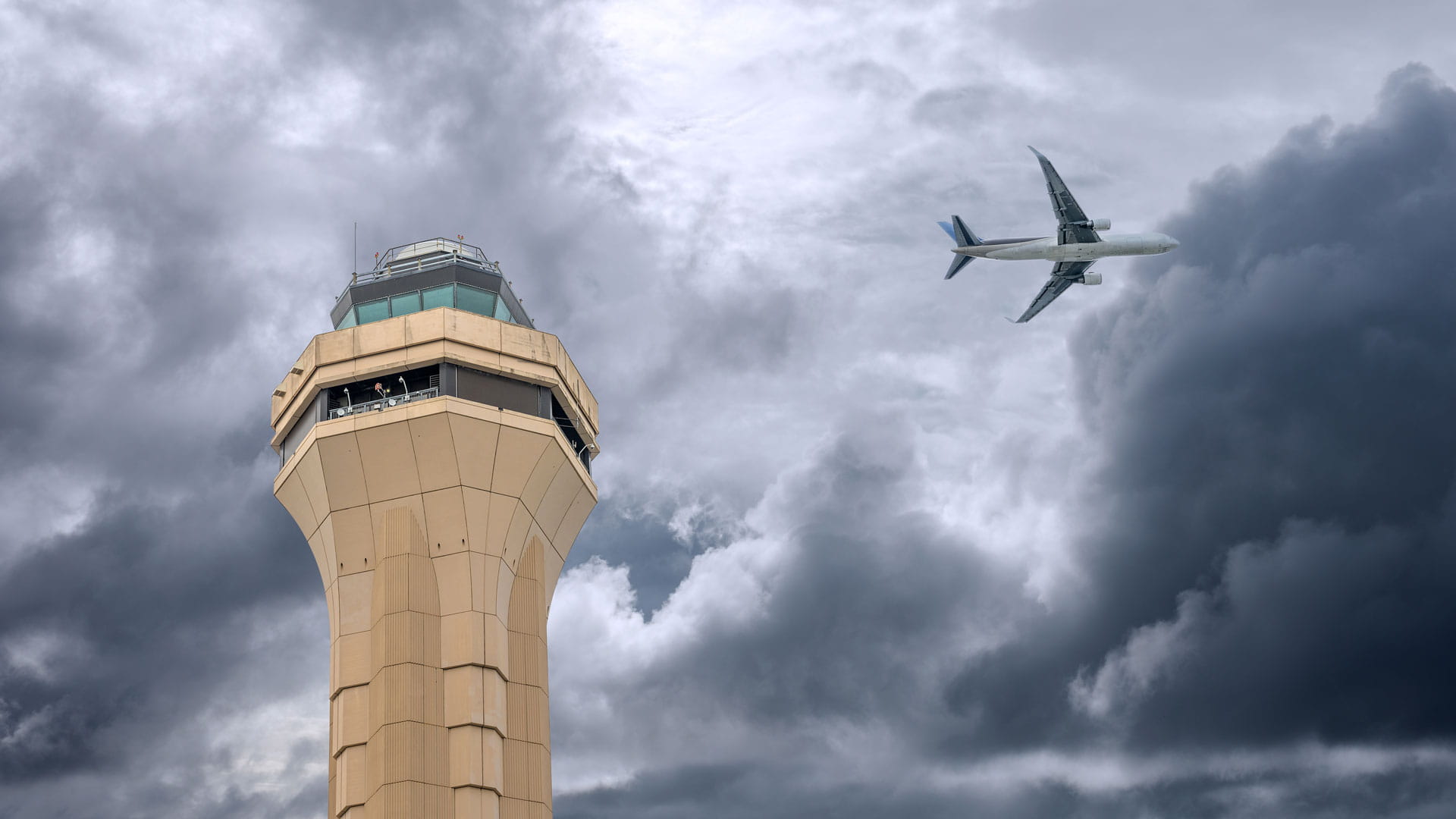For decades, Collins Aerospace has been supporting the World Meteorological Organization's (WMO) Aircraft-based Observation Program to enable better real-time weather forecasting based on data gathered during flight. With funding from the National Oceanic and Atmospheric Administration's (NOAA) National Weather Service (NWS) and the Federal Aviation Administration (FAA), Collins has leveraged its relationships with the world's airlines to help collect critical weather information such as wind speed, air temperature and air pressure that lead to these improved forecasts.
Collins is the industry leader in gathering Aircraft Meteorological DAta Relay (AMDAR) information -- also known as the Meteorological Data Collection and Reporting Service (MDCRS). Once observed during flight, this weather data is downlinked via ACARS using ARINC's GLOBALinkSM/VHF technology before being forwarded to the NWS and used for real-time weather forecasts.
This data is also shared with participating airlines to improve their own weather forecasts: better forecasts not only mean fewer delays due to unexpected weather, but they also may lead to enhanced safety and fuel savings benefits.
Collins is also contracted with NOAA to provide Water Vapor Sensing System Reporting (WVSS-II). By adding sensors to participating aircraft, Collins can collect humidity readings that determine how much moisture is in the air during various phases of flight. Having access to these enhanced observations in the upper air can improve forecasting for a number of critical weather situations, such as hurricanes, thunderstorms, fog and snow.
Improved real-time forecasts benefit the aviation industry in a number of ways:
- Enhanced passenger comfort
- Decreased maintenance on aircraft that experience less damage from elements such as lightning, hail and ice
- Reduced environmental impact through improved fuel usage and decreased emissions

